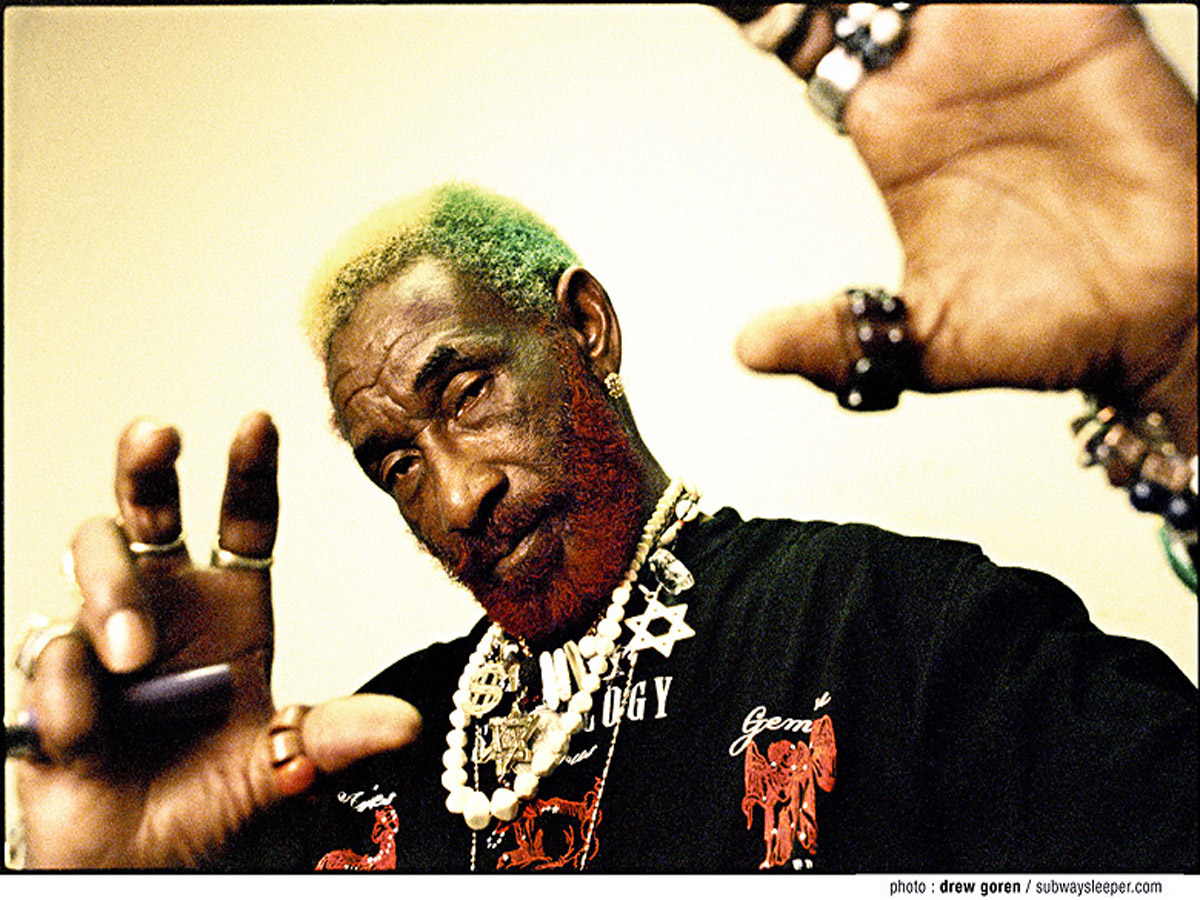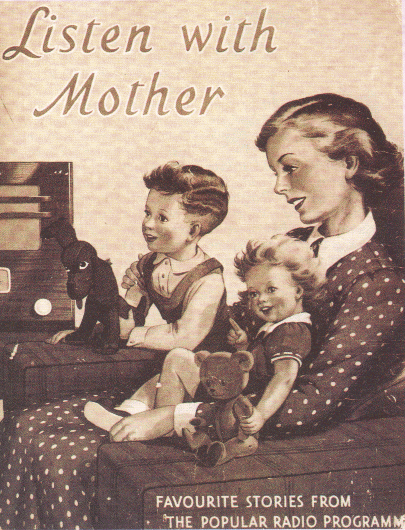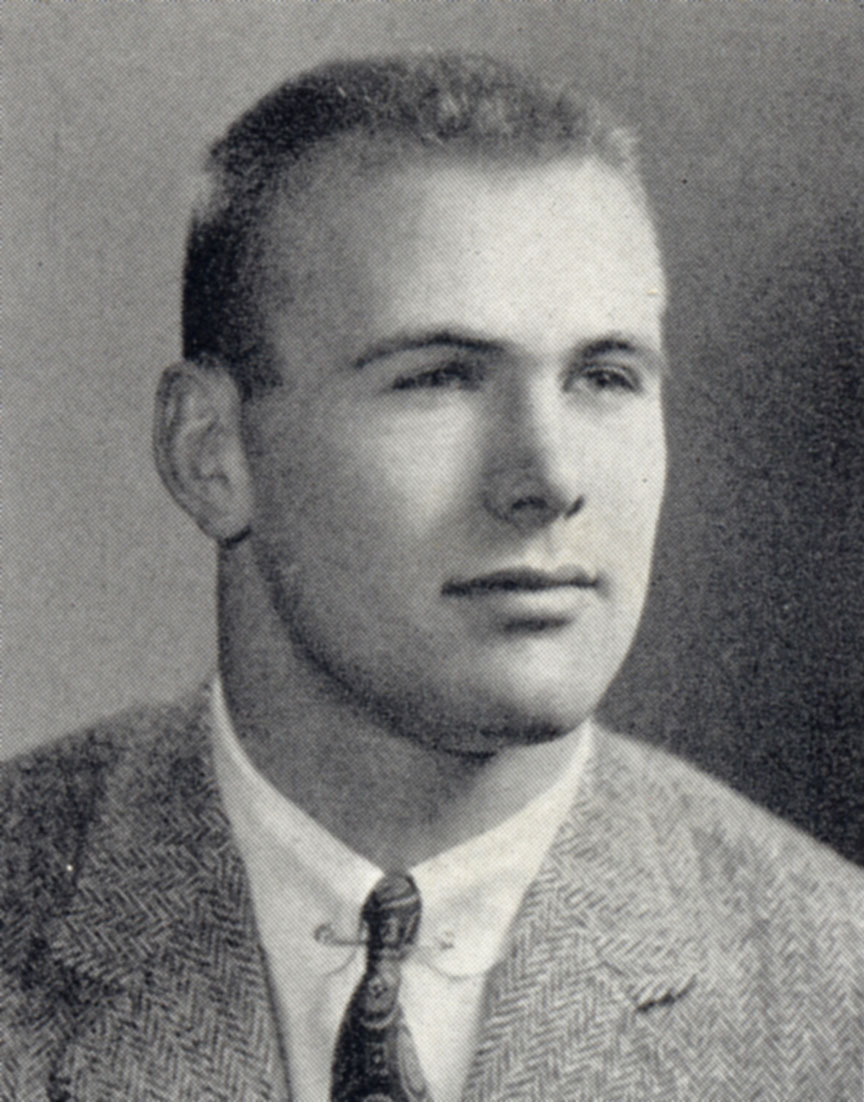I recently gave a talk at which I harangued the attentive and no doubt hugely appreciative audience about the enduring power of advertising – the things that it does that the other marketing disciplines can’t touch.
HHCL finally has a proper entry on Wikipedia.
So if you are currently thinking about the future shape of a communications company save yourself the trouble and copy down what HHCL did a decade ago.
This is a kind of mash up of a post.
It is part trip into the HHCL vaults, part celebration of radio and part a feel for the idea of a teaming a planner and creative.
And it is about some radio ads we made for the Wales Tourist Board a little while ago.

Lee Scratch Perry. Image courtesy of Ariel Publicity
When it comes to the back catalogue of the recently departed and much missed HHCL its easy to reel off the famous stuff the agency made over the years from Tango Slap to Pot Noodle’s Slag of all Snacks but I thought I’d draw attention to some of the less famous stuff that I love.
This isn’t easy because most the work predates You Tube and so only exists where fanatics have uploaded old ads, but there is some stuff there to enjoy.
First up is a campaign for Guiness in Ireland and about the launch of Guiness Extra Cold from the early part of this decade.

Listen with mother – backbone of the BBC light programme schedule form 1950 to 1982.
If there is an orthodox medium that has been given a shot in the arm by new technology it has got to be radio (not Last fm and all that marlarkey) but good old gardeners-question-time type wireless.
Radio is in robust health in the UK, most especially the BBC which has recently seen both reach and share of listening hours increase and part of that success is down to new means of distribution, particularly digital TV and the internet.
So it was nice of those people at RAJAR to put together some charts on all of this when they released the lastest figures for radio listening recently.

There is only one creature more obsesssed with shiny new things than the marketing community. Image courtesy of Amkhosla.
At the Future Marketing Summit I talked about the way people in marketing exhibit acute neophilia – a love of the new.
This is all well and good, but a the result of this is that we charge in to new places, spaces and technologies without the slightest idea of what the rules are, whether they add value to our client’s business or critically whether we are invited.
And then we get bored and forget about it transfixed by the next new thing.
And what happens is we over estimate the short term impact of new things and underestimate their long term impact (e-commerce, PVRs, web 2.0, social media, China and the like). Incidentally Ray Amara calls this behaviour the first law of technology.
I call it marketing’s Attention Deficit Disorder.
And one of the things I worry that we got bored of and which could have had a far more significant impact on real people, is ethnicity.
I know I seem obsessed with Persil.
But here is how to make proper Dirt is Good advertising rather than the tat on our tellies. It is for Ala Omo, which is the equivalent of Persil in Argentina. It works because it turns the intellectual concept of dirt being good into something very tangiable and visceral, it is advertising that you become involved in rather than advertising you view. The endline is interesting too, it translates as “What they learn stays, dirty goes away”.
And guess what you are going to think every time you are about to bollock your kids for getting grubby? “What an arsehole I am”.
If you click through I have put up an English translation. If you don’t speak Spanish I recommend you read it first.
Thanks to Adstructure who posted the ad and translation and put me onto this.
Come on BBH sort it out.

Image courtesy of LalliSig
Poor old Dirt is Good.
Everyone is turning against it – especially in the planning fraternity.
And why? Well it stands accused of the most heinous crime – it doesn’t work.
It may have strategist’s hearts a flutter but it is not shifting detergent – certainly in the UK.
Well I want to ride to it’s rescue and suggest the problem is squarely with the advertising. Not the executions but the role advertising is being asked, or has elected, to perform.
And I want to round off with the contention that ‘advertising is the new below the line’.

Donald Rumsfeld at Princeton in the ’50s because I couldn’t bare to defile adliterate with an image of the man as we now know him.
I have started quoting Rumsfeld rather a lot.
Not the quote “I would not say that the future is necessarily less predictable than the past. I think the past was not predictable when it started” nor the outstanding “Death has a tendency to encourage a depressing view of war.” Neither of these are much use in charting the un-navigated waters of marketing communications.
But this one.
“There are things we know we know. We also know there are known unknowns; that is to say we know there are some things we do not know. But there are also unknown unknowns — the ones we don’t know we don’t know.”
You may pour scorn on him mangling our language and scrambling our brains but its sheer genius.
Or at the very least it helps articulate the relationship between advertising and digital agencies and their practitioners.

A laboured analogy for the way search engine marketing works. Image courtesy of Glennfinlas
People are very keen on search these days.
Whether Search Engine Optimisation (SEO) or Search Engine Marketing (SEM).
It is not much of a business to be in (since it is becoming rapidly commoditised) but it’s something every business should be into.
However, my view is that SEO and SEM should be viewed as a safety net and not a marketing panacea.

Image courtesy of Jaki Good
People tend to rather bang on about the death of the 30 second television commercial.
It is unclear which bit they hate the most, the 30 seconds, the television or the commerical.
Obviously I am a big fan of the commercial element, I like being commercial.
I’m still rather unsure about the television component of course. I think that we have to accept that the potency of commerical messages added to the broadcast stream is being significantly challenged – by technology, by consumer behaviour and by media fragmentation. That said there is plenty of evidence that telly is in rather rude health at the moment – time shifting may spell trouble for advertisers but it is making TV a rather more enjoyable pastime. Indeed Nielsen have recently reported that in the 2005-2006 season television usage hit an all time high in the US at eight and a quarter hours a day.
But today I want to have a go at the idea that somehow creating 30 second bursts of ‘broadcast’ communication is at best moribund and at worst sexually deviant.

Image courtesy of Stephanissimo
Call me old fashioned but I like a nice bit of rational communication. I think that if you set out to persuade people of your brands qualities and point of view you ought to do just that, persuade them.
This requires active engagement from people towards the brand or communication, not just their passive attention.
However, in recent years, this model has been significantly challenged by the Low Involvement Processing school of communication.
And I began to think that I ought to raise the white flag on rational persuasion, especially as a superficial reading of some of the stuff coming out of cognitive neuroscience seemed to endorse LIP.
Not any longer I don’t.
